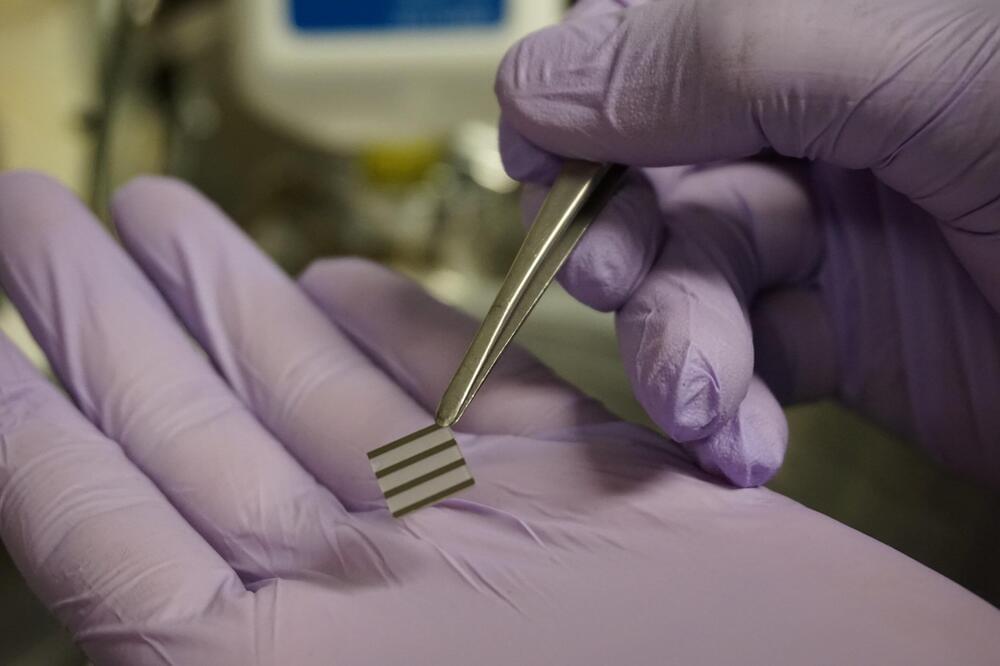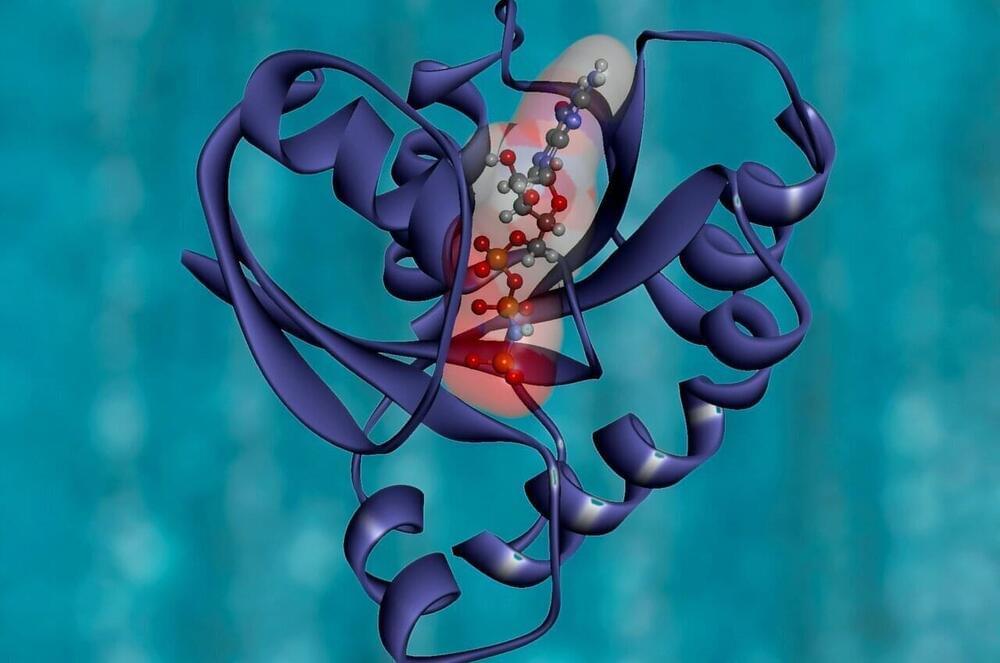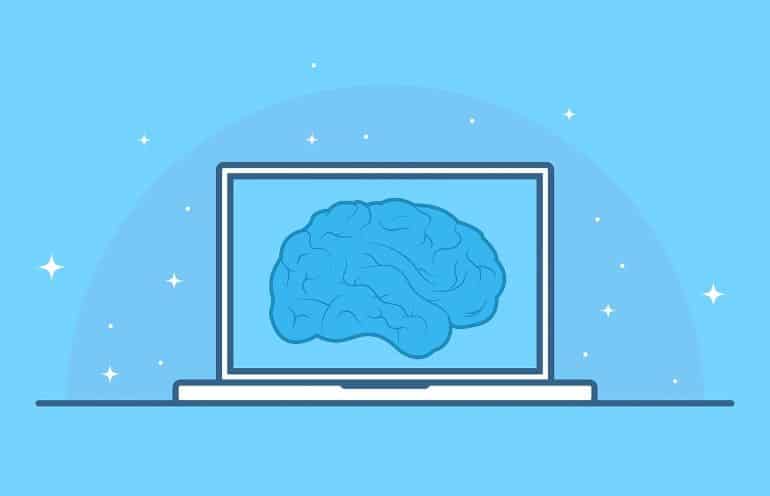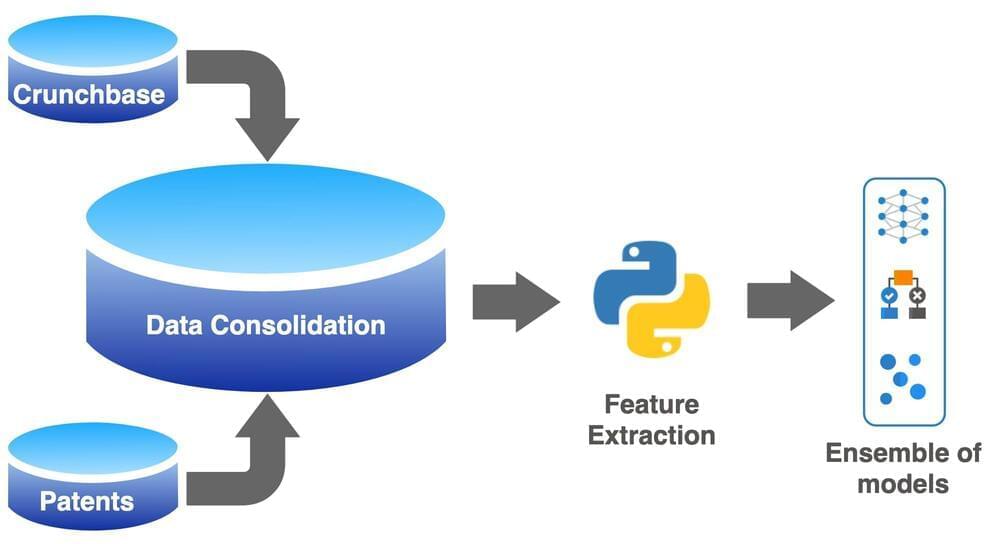Every piece of data that travels over the internet — from paragraphs in an email to 3D graphics in a virtual reality environment — can be altered by the noise it encounters along the way, such as electromagnetic interference from a microwave or Bluetooth device. The data are coded so that when they arrive at their destination, a decoding algorithm can undo the negative effects of that noise and retrieve the original data.
Since the 1950s, most error-correcting codes and decoding algorithms have been designed together. Each code had a structure that corresponded with a particular, highly complex decoding algorithm, which often required the use of dedicated hardware.
Researchers at MIT.








